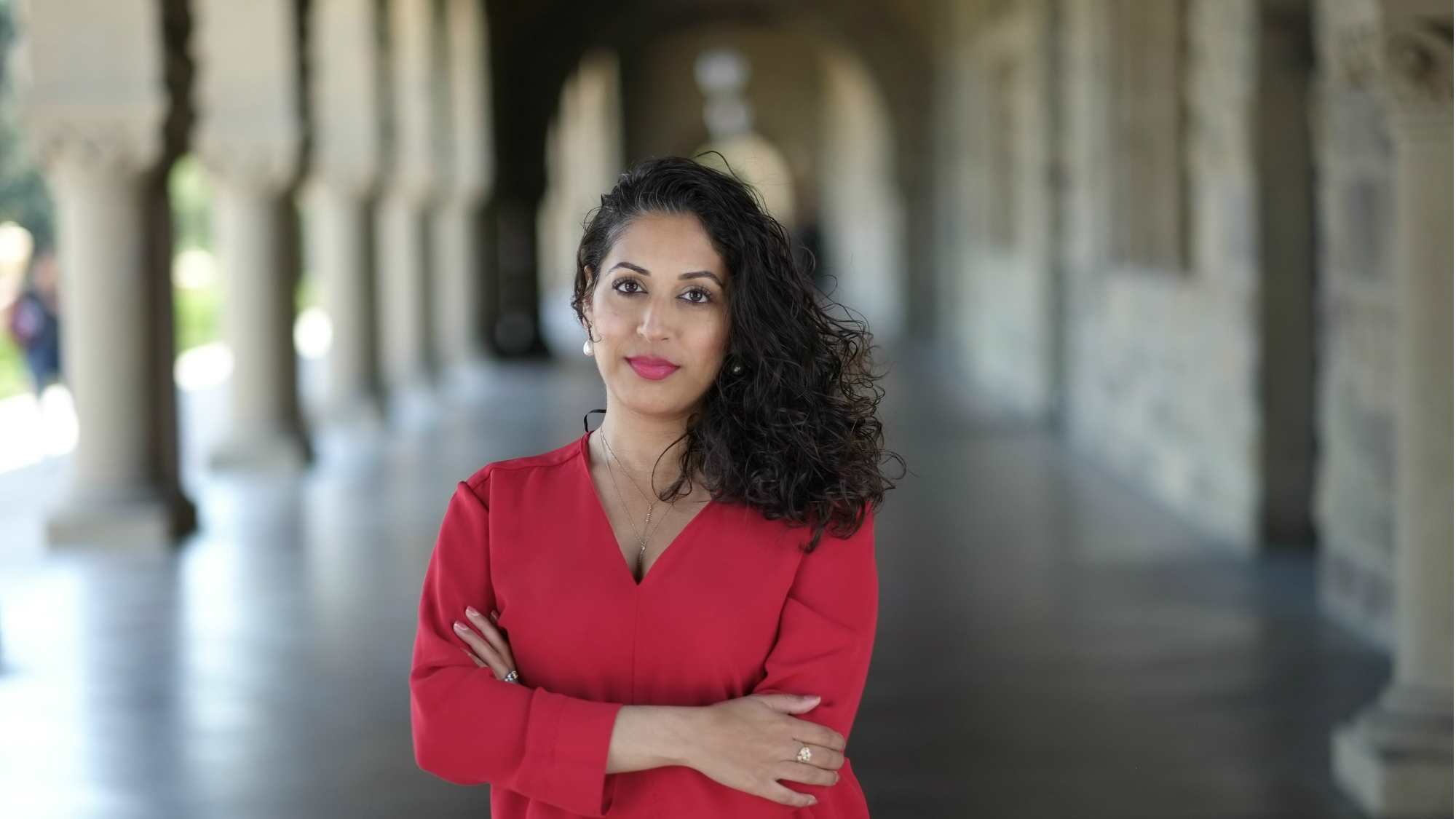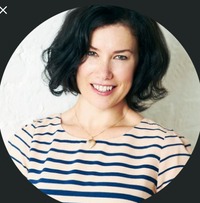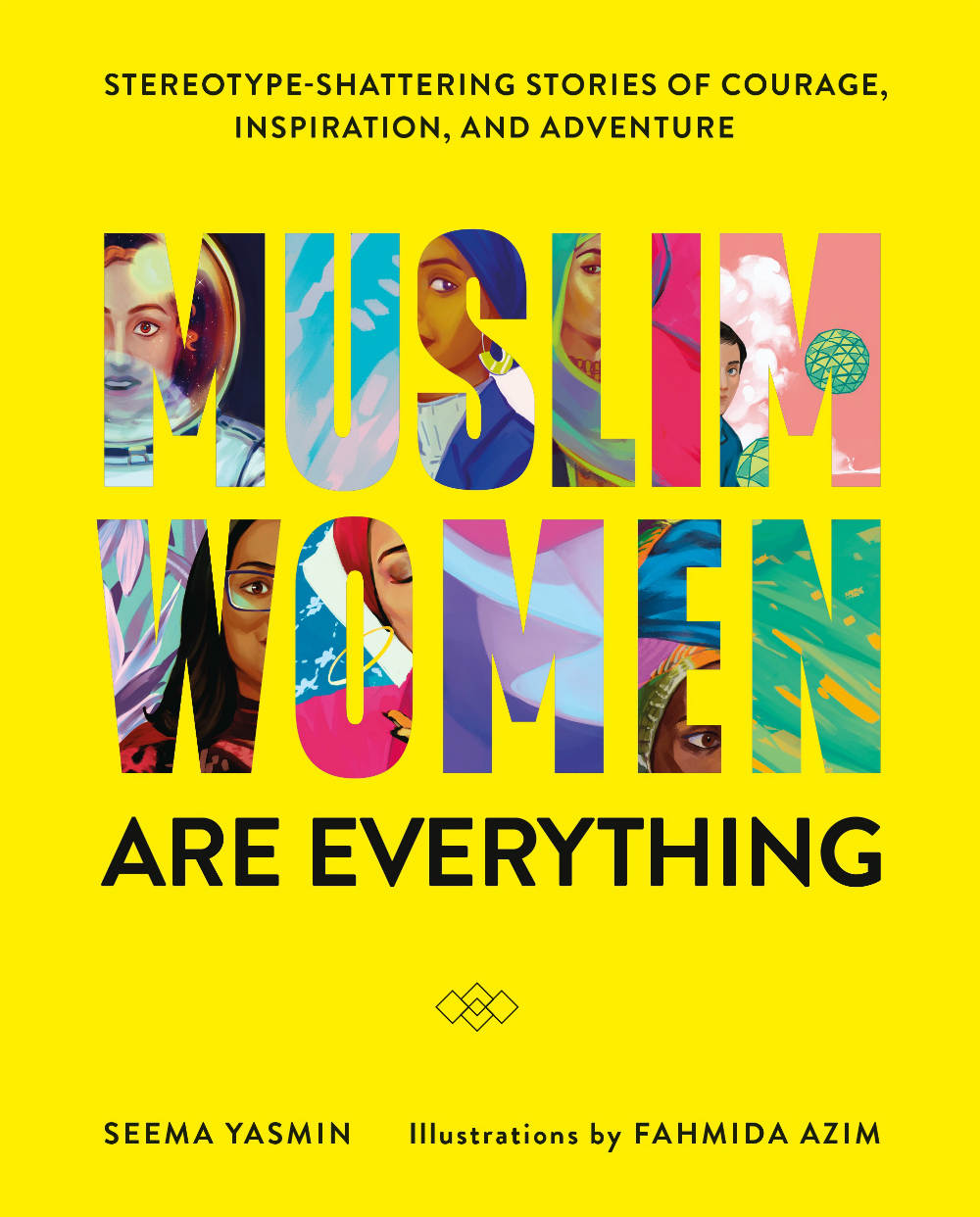'Muslim women have the courage to break open the world'
Seema Yasmin is an Emmy award-winning journalist, poet, medical doctor, professor and author. Reflecting on her own life story, which saw her mum breaking the rules on Muslim womanhood, she muses on what it means to be both Muslim and a woman


Seema Yasmin is an Emmy award-winning journalist, poet, medical doctor, professor and author. Reflecting on her own life story, which saw her mum breaking the rules on Muslim womanhood, she muses on what it means to be both Muslim and a woman
I was raised between multiple worlds.
One: I am five years old; my twenty five-year-old mother is a housewife in the Midlands, married at 17, pregnant at 19. She tucks wispy strands of blonde highlights beneath her hijab, hides psychology textbooks in the kitchen, and plans our escape.
Two: I am six years old, half asleep in my mother's dorm room at Lancaster University. Eighteen-year-old girls blast Madonna's Like A Virgin in the kitchen while frying bacon; I pull the duvet over my nose. Mum sits at a narrow desk, hair tumbling over the back of the chair, scribbling furiously. She rips the essay from the pad, dresses me, and then we run hand in hand to her lecture, arriving just on time.
Three: I am seven years old, sitting cross-legged on the floor of the madressa, reciting the Qur’an with a dozen other girls. A few streets away, the house my mother escaped sits empty. She is still at university but I am back in the same Midlands' town, living with my aunt, a devout, niqab-wearing factory worker, who raises me, her wayward sister's child, and her own three children.
Year after year, I cycle between the Midlands and Lancaster, between a devout community of Muslims and a cosmopolitan campus where Malaysian exchange students confuse my understanding of Muslim modesty by pairing hijabs with miniskirts. I am enthralled, disoriented. When mum graduates and lands a job in Harrogate, I move back up north and join yet another school. I am the only brown girl, the only girl with a single parent.

In 1980's England, my mother broke the rules of Muslim womanhood. She made a decision alone, took her child alone, and made a bet that education would liberate us. She was right. Three decades later, I am a professor of medicine at Stanford University in California, a journalist, poet and author. My mother’s young courage broke open the world.
Celebrity news, beauty, fashion advice, and fascinating features, delivered straight to your inbox!
But along the way, through estrangement from her community; by relinquishing her only child to her family; by placing me with her sister who prayed at least five times a day, cooked at least three meals a day, went to work and raised four kids alone; my mother challenged my understanding of Muslim womanhood.
Who is a Muslim woman? Does she go to anti-police brutality protests or does she stay at home? Does she fight to go to university or does her family prioritize her education? Does she raise someone else’s kids or does she have the agency to choose a childless life? Does she renounce all binaries, living multiple truths, exploring different ways to be Muslim and a woman?
Muslim women are often confined to singular adjectives, as if our messy lives fit neatly into narrow categories: saint or sinner, modest or slutty, docile or anarchist. But Muslim women are multifaceted, multi-hyphenated, complicated. We are disabled comedians, queer screenwriters, military strategists, Olympic athletes, reality TV stars. We are Formula One race car drivers, astronauts, midwives and bakers.

Some of us are devout, stuffing prayer mats into totes and praying five times a day. Others identify as culturally Muslim, eschewing rigid timetables for an appreciation of Islamic mysticism, architecture and history. Some Muslim women are radical feminists; others uphold the patriarchy. Some weeks or even afternoons, we cycle between conflicting identities and beliefs. Muslim women are not a monolith. Muslim women are everything.
The singular story of Muslim womanhood, with its unimaginative stereotypes that shift based on geography - from docile housewife, to pro-Palestinian activist to ISIS bride - try to rob us of our options and opportunities. My childhood, mothered by sisters who looked different and prayed differently, thrust me into an adulthood full of possibility.
It’s no accident that after training as a doctor and working as a disease detective, I found myself in journalism school, learning how to ask questions, hold space for the answers, and share untold stories. There is power in our ability to witness the fullness of a woman’s life; to hold her multiple, overlapping identities in our imagination.
* Muslim Women Are Everything: Stereotype-Shattering Stories of Courage, Inspiration, and Adventure by Seema Yasmin, illustrated by Fahmida Azim, published by HarperCollins is out now
* Seema Yasmin is Director of the Stanford Health Communication Initiative, a correspondent for Conde Nast Entertainment, and a medical analyst for CNN
Maria Coole is a contributing editor on Marie Claire.
Hello Marie Claire readers – you have reached your daily destination. I really hope you’re enjoying our reads and I'm very interested to know what you shared, liked and didn’t like (gah, it happens) by emailing me at: maria.coole@freelance.ti-media.com
But if you fancy finding out who you’re venting to then let me tell you I’m the one on the team that remembers the Spice Girls the first time round. I confidently predicted they’d be a one-hit wonder in the pages of Bliss magazine where I was deputy editor through the second half of the 90s. Having soundly killed any career ambitions in music journalism I’ve managed to keep myself in glow-boosting moisturisers and theatre tickets with a centuries-spanning career in journalism.
Yes, predating t’internet, when 'I’ll fax you' was grunted down a phone with a cord attached to it; when Glastonbury was still accessible by casually going under or over a flimsy fence; when gatecrashing a Foo Fighters aftershow party was easy-peasy-lemon-squeezy and tapping Dave Grohl on the shoulder was... oh sorry I like to ramble.
Originally born and bred in that there Welsh seaside town kindly given a new lease of life by Gavin & Stacey, I started out as a junior writer for the Girl Guides and eventually earned enough Brownie points to move on and have a blast as deputy editor of Bliss, New Woman and editor of People newspaper magazine. I was on the launch team of Look in 2007 - where I stuck around as deputy editor and acting editor for almost ten years - shaping a magazine and website at the forefront of body positivity, mental wellbeing and empowering features. More recently, I’ve been Closer executive editor, assistant editor at the Financial Times’s How To Spend It (yes thanks, no probs with that life skill) and now I’m making my inner fangirl’s dream come true by working on this agenda-setting brand, the one that inspired me to become a journalist when Marie Claire launched back in 1988.
I’m a theatre addict, lover of Marvel franchises, most hard cheeses, all types of trees, half-price Itsu, cats, Dr Who, cherry tomatoes, Curly-Wurly, cats, blueberries, cats, boiled eggs, cats, maxi dresses, cats, Adidas shelltops, cats and their kittens. I’ve never knowingly operated any household white goods and once served Ripples as a main course. And finally, always remember what the late great Nora Ephron said, ‘Everything is copy.’
